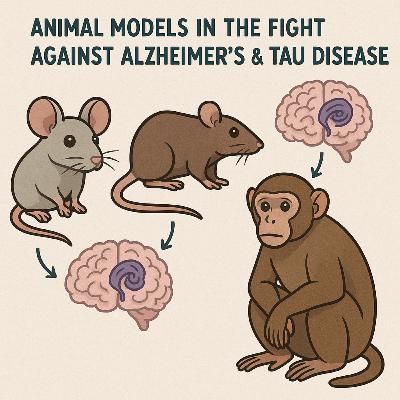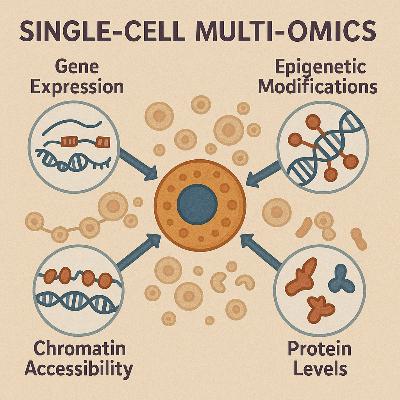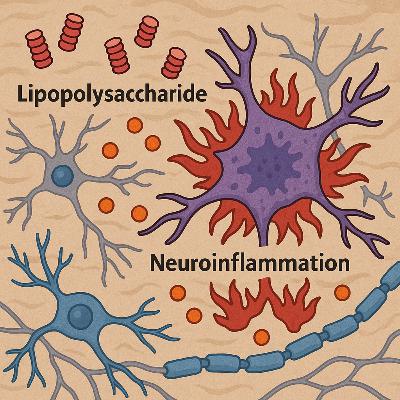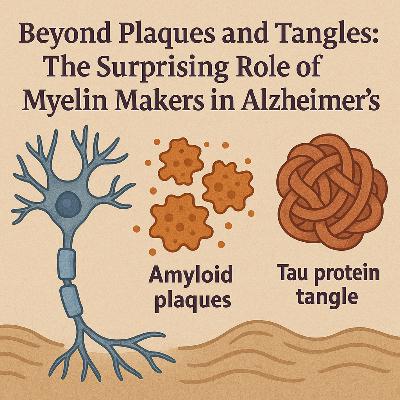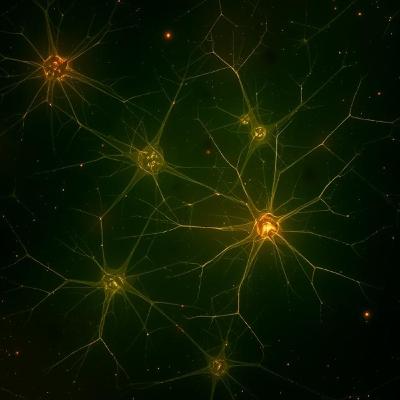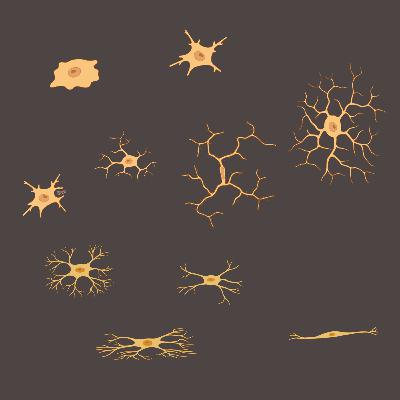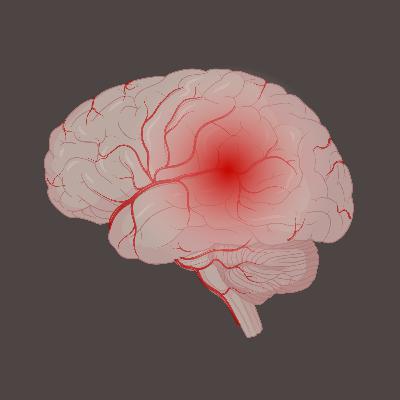Decoding Cell States: A Visual Journey Through Single Cell RNASeq
Description
Single-cell RNA sequencing (scRNA-seq) has fundamentally transformed our understanding of cellular biology by enabling the comprehensive profiling of gene expression at the resolution of individual cells. This contrasts sharply with traditional bulk RNA sequencing, which provides an averaged gene expression profile across a population, thereby obscuring the inherent heterogeneity within tissues and cell populations. ScRNA-seq unveils the vast array of RNAs within each cell, offering unprecedented insights into cellular diversity, the identification of rare cell populations, and subtle gene expression patterns that are otherwise masked by bulk measurements.
The immense scale and complexity of scRNA-seq data, often encompassing thousands to hundreds of thousands of genes across tens of thousands to millions of cells, pose significant challenges for interpretation. In this high-dimensional landscape, effective data visualization becomes not merely an aesthetic choice but a critical analytical necessity. It empowers researchers to interactively process, interpret, and extract meaningful biological information, leveraging human cognitive abilities to discern visual structures such as clusters and outliers. Visualization serves as the essential bridge between raw data and biological discoveries, facilitating the identification of novel cell subtypes, the characterization of cell subpopulations, and the uncovering of underlying patterns and structures within complex biological systems.
The computational ecosystem for scRNA-seq analysis is vast and continually expanding, with over 1,700 methods dedicated to single-cell RNA-seq alone. Navigating this extensive array of tools to produce reliable and cutting-edge results necessitates a deep understanding of the appropriate visualization techniques and the principles that underpin them. This report delves into the common plots employed in scRNA-seq analysis, detailing their purpose, the biological information they convey, their strengths, and their limitations, thereby providing a comprehensive guide for researchers.



